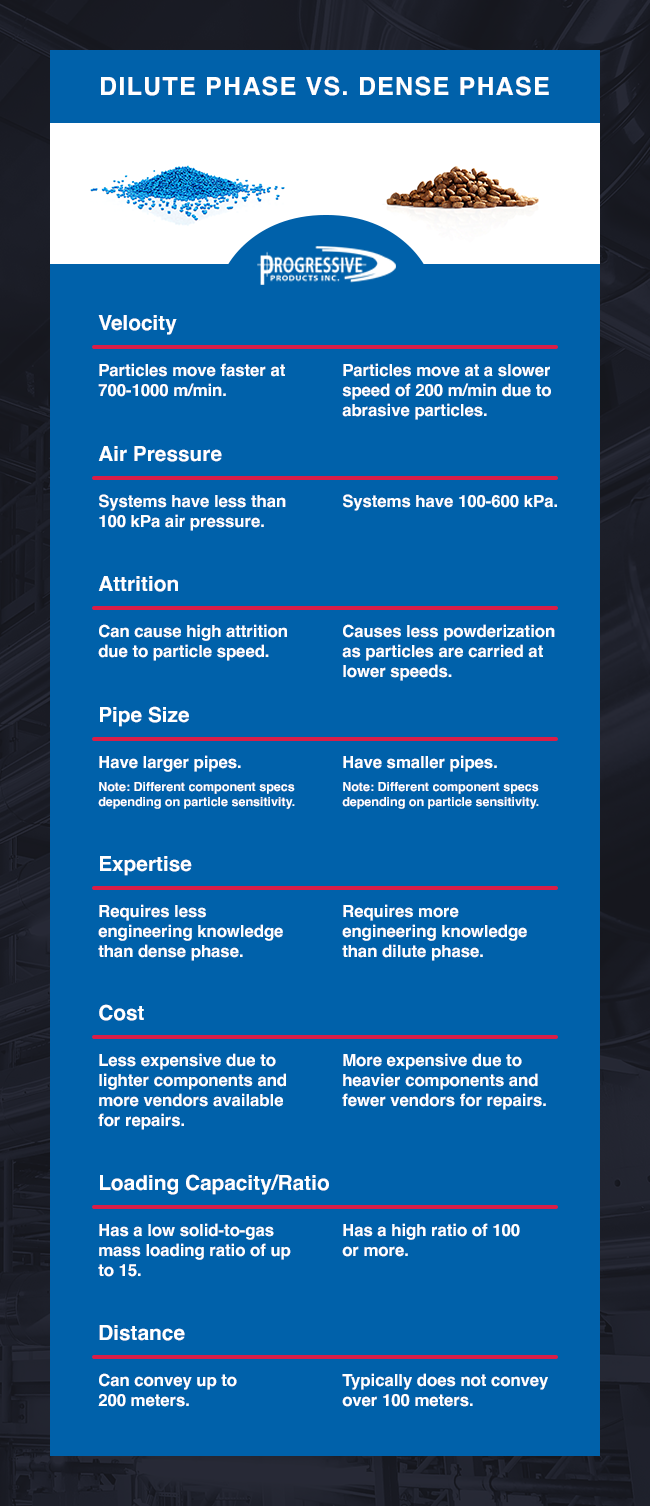Pneumatic conveying systems are widely used in various industries to transport materials efficiently. One component that plays a key role in these systems is the rotary airlock. A properly selected and maintained airlock can significantly affect the performance and longevity of your pneumatic conveying system.
However, with so many options on the market, choosing the right rotary airlock for your specific application can take time and effort. In this blog, we'll dive into the key considerations you should take into account when selecting a rotary airlock, as well as explain how these devices work to control the flow of materials in a pneumatic conveying system.
What is a Rotary Airlock?
A rotary airlock, also known as an airlock valve or rotary feeder, is a mechanical device commonly used in pneumatic conveying systems to control the flow of materials. These devices are designed to maintain constant air pressure within the conveying system while also ensuring that the material is moved through the system in a controlled and efficient manner.
How Does a Rotary Airlock Work?
Rotary airlocks use a rotor with a series of vanes that create pockets of air pressure. As the rotor turns, these pockets of air pressure push the material through the airlock and into the conveying system. This system allows for a controlled and efficient material flow while maintaining constant air pressure.
What Should I Look for in a Rotary Airlock?
When selecting a rotary airlock for your pneumatic conveying system, it's important to consider the material being conveyed, its flow rate, pressure drop, the design of the conveying system, and how easy it is to repair.
Type of Material Being Conveyed
When selecting a rotary airlock, the first factor to consider is the type of material being conveyed. Different materials have different characteristics, such as abrasiveness, moisture content, and particle size, which can affect the selection of the rotary airlock. For example, abrasive materials will require a rotary airlock with hard-faced vanes or housing lined with a wear-resistant material. Moist materials, meanwhile, will require a rotary airlock with a tight seal to prevent air from entering the system and drying it out.
Flow Rate
Another vital factor to consider is the flow rate of the material. You must ensure that the rotor's size and speed will match the material's flow rate. A rotary airlock that is too small for the flow rate will create a bottleneck, slowing down the system and causing the material to back up. A rotary airlock that is too large for the flow rate will waste energy and increase maintenance costs.
Pressure Drop
Pressure drop is the difference between the inlet and outlet of the rotary airlock and is essential when selecting a rotary airlock. A high-pressure drop can cause the system to lose efficiency and increase energy costs. To minimize pressure drop, select a rotary airlock with a tight seal and a rotor that is correctly sized for the flow rate.
The Pneumatic Conveying System
Another key aspect to consider is the type of pneumatic conveying system. There are three types of pneumatic conveying systems: dilute phase, dense phase, and semi-dense phase. Each one has different requirements and specifications for rotary airlocks, so it is important to select the right one for your system. For example, flow-through rotary airlocks (also known as drop-through) work well with dilute phase materials like grain, coffee beans, and sugar. Meanwhile, blow-through rotary airlocks are ideal for dense phase materials like flour and cocoa powder.

Maintenance and Repair
Finally, consider the ease of maintenance and repair when selecting a rotary airlock. The rotary airlock should be designed with easy access to the rotor and vanes for maintenance and repair. Look for rotary airlocks designed with replaceable parts to minimize downtime and reduce maintenance costs.
Bring it Together
Selecting a rotary airlock for a pneumatic conveying system requires careful consideration of the material being conveyed, the flow rate, pressure drop, the type of pneumatic conveying system, and the ease of maintenance and repair. By considering these factors, you can ensure that your rotary airlock is appropriately sized and designed to meet your system's needs and prevent costly downtime and repairs.
If you need a rotary airlock for your pneumatic conveying system, look no further than Progressive Products. Our team of experts are dedicated to helping you find the perfect solution for your specific application without ever trying to sell you something you don't need. Contact us today to learn more about how we can help optimize your pneumatic conveying system.


